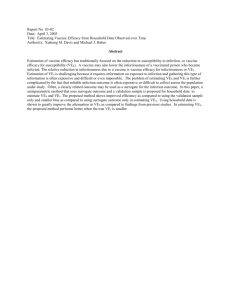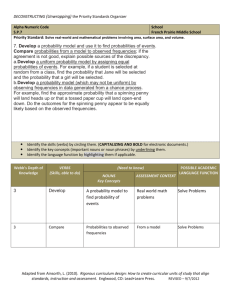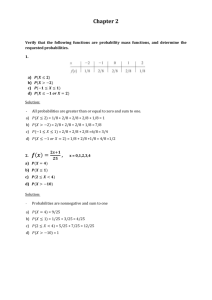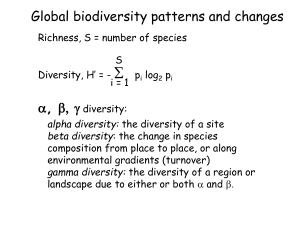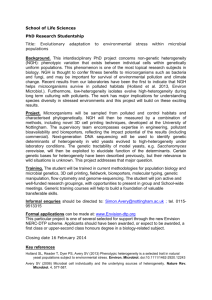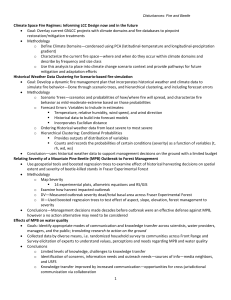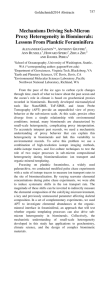Estimating Vaccine Efficacy from Outbreak Size Household Data in
advertisement
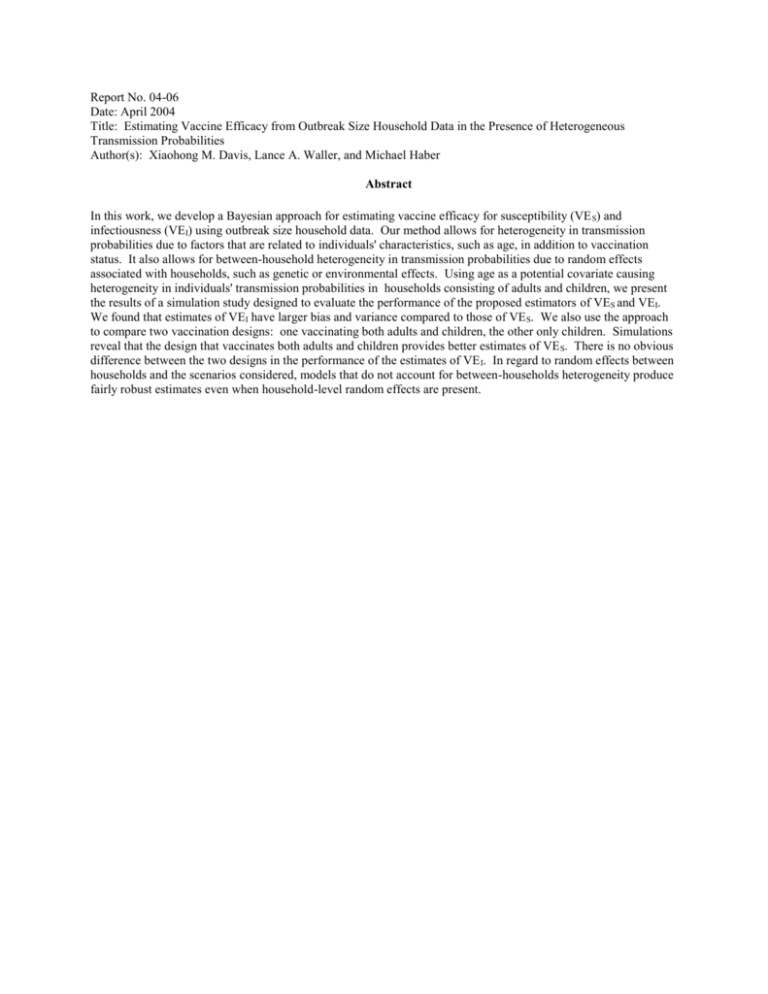
Report No. 04-06 Date: April 2004 Title: Estimating Vaccine Efficacy from Outbreak Size Household Data in the Presence of Heterogeneous Transmission Probabilities Author(s): Xiaohong M. Davis, Lance A. Waller, and Michael Haber Abstract In this work, we develop a Bayesian approach for estimating vaccine efficacy for susceptibility (VE S) and infectiousness (VEI) using outbreak size household data. Our method allows for heterogeneity in transmission probabilities due to factors that are related to individuals' characteristics, such as age, in addition to vaccination status. It also allows for between-household heterogeneity in transmission probabilities due to random effects associated with households, such as genetic or environmental effects. Using age as a potential covariate causing heterogeneity in individuals' transmission probabilities in households consisting of adults and children, we present the results of a simulation study designed to evaluate the performance of the proposed estimators of VES and VEI. We found that estimates of VEI have larger bias and variance compared to those of VE S. We also use the approach to compare two vaccination designs: one vaccinating both adults and children, the other only children. Simulations reveal that the design that vaccinates both adults and children provides better estimates of VE S. There is no obvious difference between the two designs in the performance of the estimates of VE I. In regard to random effects between households and the scenarios considered, models that do not account for between-households heterogeneity produce fairly robust estimates even when household-level random effects are present.
